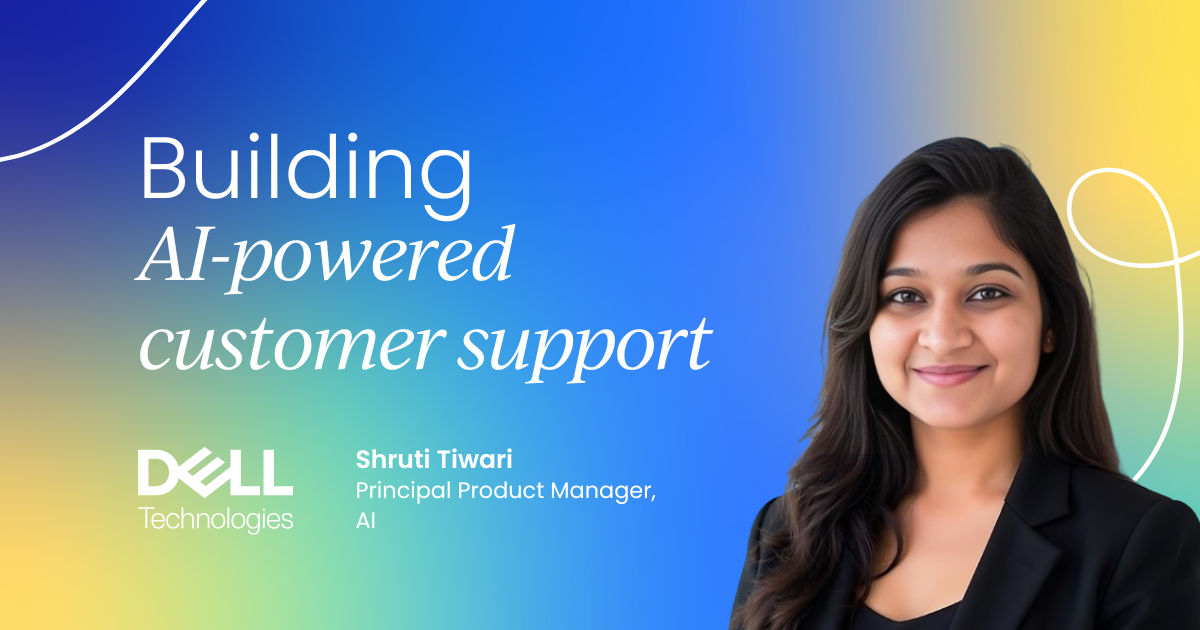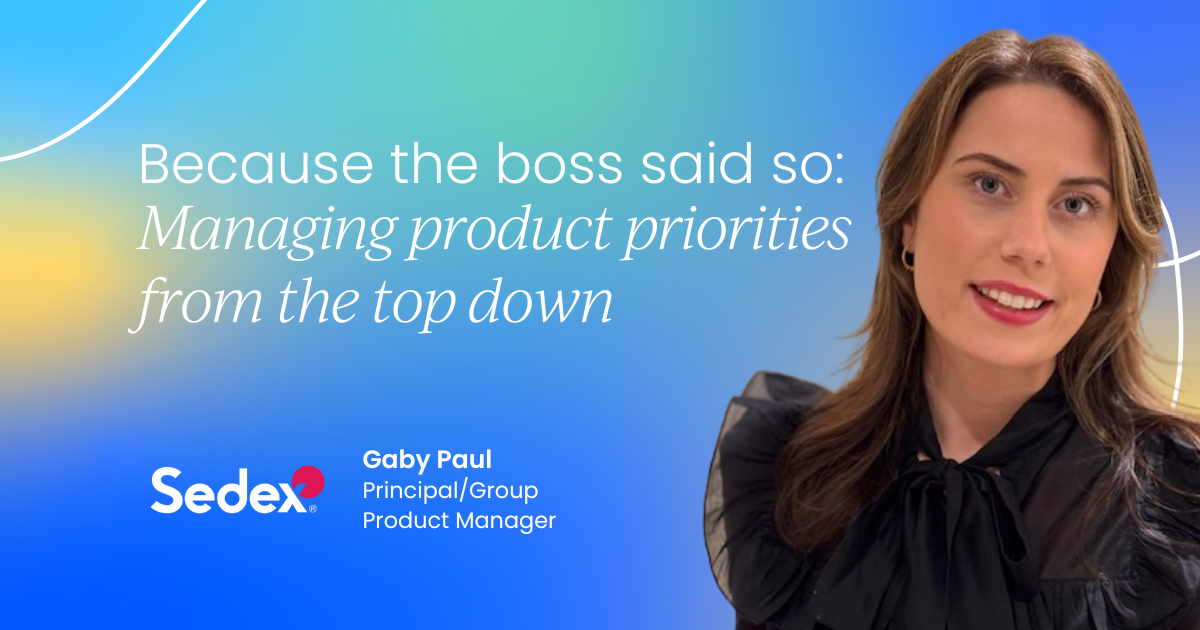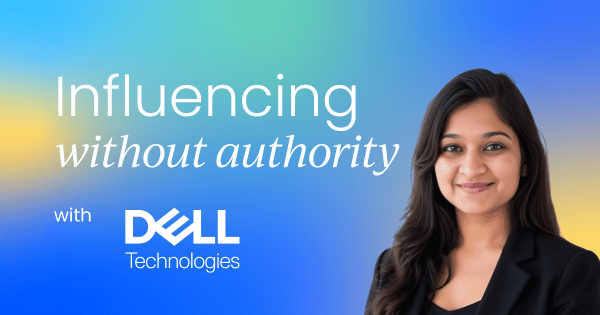Product management often means getting things done without having direct control. You need to bring people along, align priorities, and move the business forward, and most of the time, you will be doing it without formal authority.
I recently hosted a roundtable discussion at the Product-Led Summit on this very topic, and what stood out was how refreshingly candid the room was. Everyone had a story.
Some wins, plenty of near-misses, and a fair number of hard lessons.
No buzzwords, no shiny frameworks. Just honest tactics for dealing with resistance and misalignment in the real world. Here are a few ideas that stuck with me.
1. Build credibility in the moments that matter (and the ones that seem like they don’t)
Influence is not something you pull out when the big decisions come up. It builds quietly, over countless small interactions. It shows up when you keep a promise, when you admit a mistake, or when you push for a tough but fair trade-off.
I have seen this dynamic play out many times when a hesitant leader gradually became an ally because of how someone consistently showed up in the small moments.
A leader shared how they gained the ear of a skeptical engineering leader, not through some product breakthroughs, but by consistently providing clarifications and helping their team solve problems in the backlog.
Here is a short checklist to help build that kind of trust:
- Be present in the small, unseen moments. Join grooming sessions, informal syncs, and sprint reviews, and add value. Consistency matters more than visibility.
- Always follow through and keep your micro-promises, no matter how small. Share notes. Circle back with people who raised questions.
- Set realistic expectations. Do not overpromise. Reliability matters.
- Surface misjudgments or mistakes early. Be transparent about anything that might impede progress and work with the team to address it rather than soft-pedaling issues.
- Be curious instead of defensive. It signals maturity, openness, and a willingness to learn.
- Recognize good work publicly. It shows fairness and builds goodwill.
People tend to back those they trust. And trust builds gradually, in moments where no one is keeping score. A leader once told me that the brand you build travels farther than the work you deliver.
Takeaway: Show up well when it matters least. It will carry you when it matters most.

2. Help others before you need them
One theme I loved from the roundtable was reciprocity.
The leaders who navigate cross-functional politics best tend to be the ones who have already invested in relationships. They share insights early, step in to unblock others, and amplify good work.
Not because they expect something back, but because they know this is how good teams work.
One useful habit I put into practice is sharing findings and customer research I come across with partner teams who would find them relevant. It shows you are thinking beyond your own priorities.
It builds goodwill, keeps people informed, and makes future collaboration feel like a natural continuation of an existing relationship, not a cold ask.
Takeaway: Give first without the expectation of return. It smooths the path for future requests.

3. Prioritize predictable outcomes over last-minute surprises
We all know the patterns – conflicting priorities, risk aversion, siloed agendas.
The sharpest product folks do not wait for these issues to blindside them. They actively map out where friction is likely, who might hesitate, and what trade-offs will trigger pushbacks.
As one leader phrased it, “The goal is to reduce surprises. Awareness and predictability give you options. Surprises leave you scrambling.”
A strategy that works well for me is running informal meetings before formal reviews. A quick chat with a cautious stakeholder before a decision point brings up objections early and lets you tackle them before things get tricky in a crowded room.
In less formal settings, people are often more candid about concerns they might hesitate to raise in a crowded room.
This approach saves time, builds relationships, and keeps progress on track.
Takeaway: The earlier you anticipate friction, the better your chances of navigating it.

4. Anchor on shared pain, not personal positions
When conversations get tense, it is often because people are stuck defending their turf. A smart move is to refocus on the shared problem everyone cares about. Is it an issue frustrating customers? A risk to revenue? A bottleneck slowing the business? Start there.
One product leader in the room summed it up perfectly: “The fastest way to alignment is to bring people into your dilemma. When they feel the weight of the problem with you, they stop defending positions and start solving.”
I recall a time when our product was in a heated debate between two business units over ownership. Instead of arguing about who should take the lead, I changed the conversation to focus on the customer issue we were trying to solve.
This shift turned a standoff into a brainstorming session, and we agreed on a shared path forward.
It’s incredible how quickly walls come down when you shift from “who is right” to “what hurts, and how do we fix it.”
Takeaway: Move the conversation from people’s positions to the problem you both need solved.

5. Escalate the right way
Escalation is part of the job, but it should never feel like tattling. The leaders I admire frame escalation as a shared dilemma, not a complaint. They lay out the facts, the trade-offs, and involve leaders in helping find a path forward.
One leader suggested keeping a record of decision points throughout the process.
This way, if escalation becomes necessary, it will feel anticipated, not abrupt.
Leadership is more likely to get involved when they notice you have attempted to address the issue positively, looked at different options, and are inviting them in to help, not to blame.
In my experience, the most effective escalations show leadership as problem-solvers rather than referees.
Takeaway: Escalation should look like problem-solving, not finger-pointing.

6. Be dispassionately passionate
You need to care deeply about the outcomes you are chasing. But you also need to stay flexible on how you get there. That balance between conviction and objectivity came up a lot.
One leader put it beautifully: “You probably get three cards to passionately defend your thing. Play them wisely.”
I learned this lesson early in my career. I was passionate about the outcomes I wanted to drive and would push hard for my ideas, sometimes getting attached to a particular approach.
In one project, I fought too hard for a specific feature I believed would improve customer experience. It became clear later that while the outcome mattered, my proposed solution was not the best fit for the moment.
That experience taught me the importance of holding the outcome tight, but the path loosely. Staying open to better ideas and different ways to get there not only improved the work but also strengthened relationships with my team.
The message was clear – be passionate about the outcome, but measured about the battles you pick.
Takeaway: Care about the outcome. Stay humble about the path.
Final thoughts
If there is one thing this roundtable confirmed for me, it’s that alignment is not a one-time conversation.
It’s a muscle you build in how you listen, how you show up, how you support others without keeping score, and how you move problems forward without making them personal.
I would love to hear how others are navigating this, too – drop me a note if you have a tactic that works or a hard-earned lesson to share. Always learning.



 Follow us on LinkedIn
Follow us on LinkedIn







